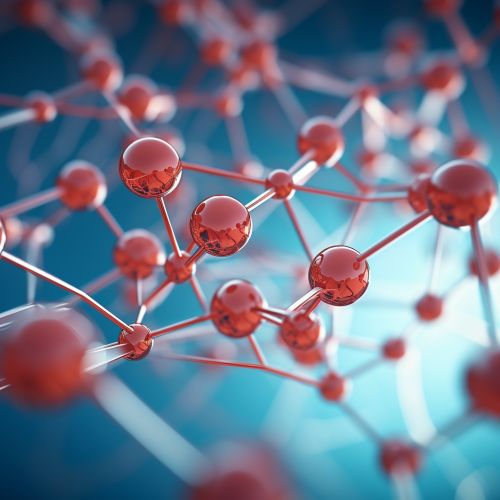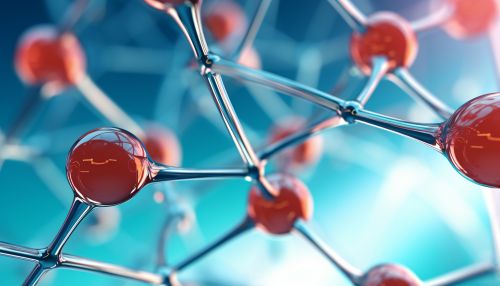Glycolysis
Overview
Glycolysis is a metabolic pathway that is central to both aerobic and anaerobic respiration. The process involves the breakdown of glucose, a six-carbon sugar, into two molecules of a three-carbon compound called pyruvate. This process occurs in the cytoplasm and is part of both cellular respiration and fermentation.


Biochemical Reactions
Glycolysis consists of ten biochemical reactions, each catalyzed by a specific enzyme. The process can be divided into two phases: the preparatory phase and the payoff phase.
Preparatory Phase
The preparatory phase of glycolysis involves the conversion of glucose into fructose 1,6-bisphosphate. This phase requires the input of energy in the form of two ATP molecules.
1. The first step is the phosphorylation of glucose by the enzyme hexokinase, yielding glucose 6-phosphate. This reaction is irreversible under physiological conditions.
2. The second step is the isomerization of glucose 6-phosphate to fructose 6-phosphate by the enzyme phosphoglucose isomerase.
3. The third step is another phosphorylation, this time of fructose 6-phosphate, by the enzyme phosphofructokinase. This yields fructose 1,6-bisphosphate and is the most regulated step in glycolysis.
4. The fourth step is the cleavage of fructose 1,6-bisphosphate into two three-carbon compounds, glyceraldehyde 3-phosphate and dihydroxyacetone phosphate, by the enzyme aldolase.
5. The fifth step is the isomerization of dihydroxyacetone phosphate to glyceraldehyde 3-phosphate by the enzyme triose phosphate isomerase. This results in two molecules of glyceraldehyde 3-phosphate, which enter the payoff phase of glycolysis.
Payoff Phase
The payoff phase of glycolysis involves the conversion of glyceraldehyde 3-phosphate into pyruvate. This phase yields a net gain of two ATP and two NADH molecules per glucose molecule.
6. The sixth step is the oxidation of glyceraldehyde 3-phosphate to 1,3-bisphosphoglycerate by the enzyme glyceraldehyde 3-phosphate dehydrogenase. This reaction also involves the reduction of NAD+ to NADH.
7. The seventh step is the phosphorylation of 1,3-bisphosphoglycerate to 3-phosphoglycerate by the enzyme phosphoglycerate kinase. This reaction yields one ATP molecule.
8. The eighth step is the isomerization of 3-phosphoglycerate to 2-phosphoglycerate by the enzyme phosphoglycerate mutase.
9. The ninth step is the dehydration of 2-phosphoglycerate to phosphoenolpyruvate by the enzyme enolase.
10. The tenth and final step is the conversion of phosphoenolpyruvate to pyruvate by the enzyme pyruvate kinase. This reaction yields one ATP molecule.
Regulation of Glycolysis
Glycolysis is tightly regulated to ensure that glucose is metabolized in a controlled manner. The key regulatory enzymes are hexokinase, phosphofructokinase, and pyruvate kinase. These enzymes are regulated by a variety of mechanisms, including allosteric regulation, covalent modification, and gene expression.
Role in Cellular Metabolism
Glycolysis is a crucial metabolic pathway in all organisms. It provides the cell with a source of energy in the form of ATP and also generates intermediates for other metabolic pathways, such as the citric acid cycle and the pentose phosphate pathway.
Clinical Significance
Defects in glycolysis can lead to a variety of diseases, including diabetes mellitus, cancer, and certain genetic disorders. For example, mutations in the gene encoding the enzyme pyruvate kinase can cause a type of anemia known as pyruvate kinase deficiency.
